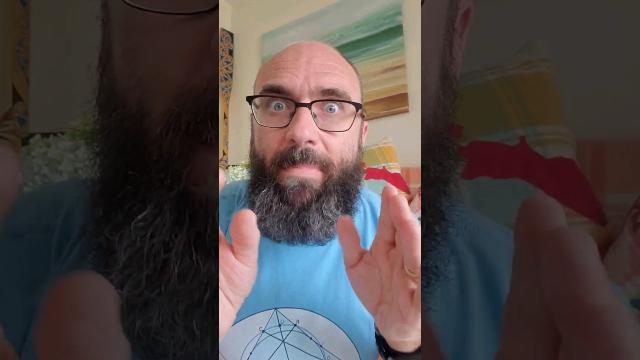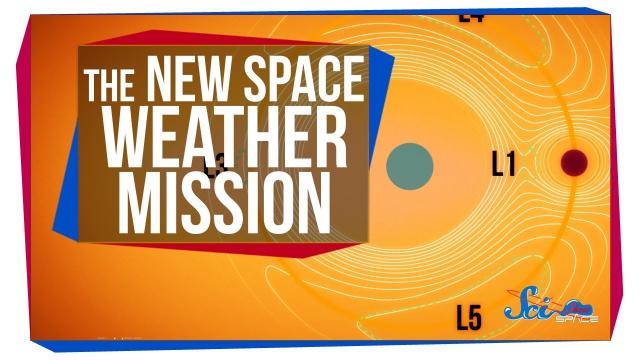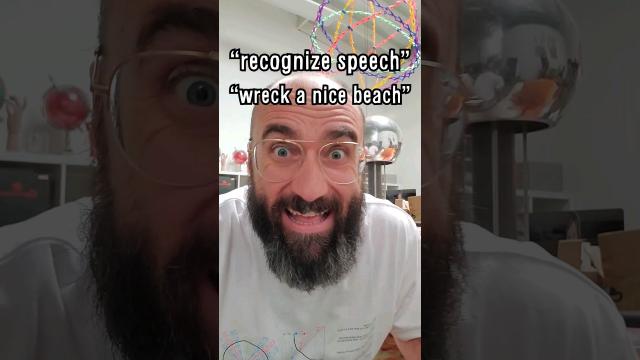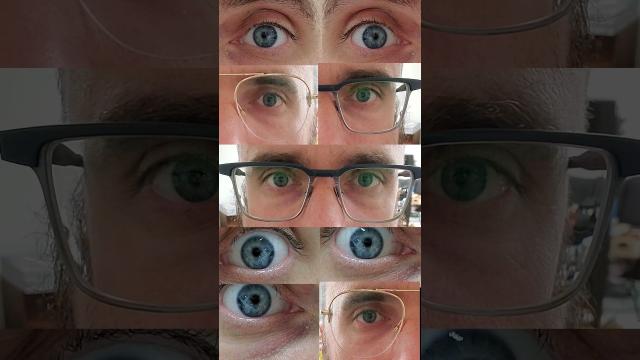Time Travel, Teleportation & Science
Time travel is the concept of moving between different points in time in a manner analogous to moving between different points in space, generally using a theoretical invention, namely a time machine. It has a commonly recognized place in philosophy and fiction, but has a very limited application in real world physics, such as in quantum mechanics or wormholes.
Although the 1895 novel The Time Machine by H. G. Wells was instrumental in moving the concept of time travel to the forefront of the public imagination, The Clock That Went Backward by Edward Page Mitchell was published in 1881 and involves a clock that allowed three men to travel backwards in time.[1][2] Non-technological forms of time travel had appeared in a number of earlier stories such as Charles Dickens' A Christmas Carol. Historically, the concept dates back to the early mythologies of Hinduism (such as the Mahabharata), Buddhism, and Islam through ancient folk tales. More recently, with advancing technology and a greater scientific understanding of the universe, the plausibility of time travel has been explored in greater detail by science fiction writers, philosophers, and physicists.
Teleportation, or Teletransportation, is the theoretical transfer of matter or energy from one point to another without traversing the physical space between them. It has a commonly recognized place in science fiction literature, film, and television, but as yet has a very limited application in real world physics, such as quantum teleportation or the study of wormholes.
Science (from Latin scientia, meaning "knowledge") is a systematic enterprise that builds and organizes knowledge in the form of testable explanations and predictions about the universe. In an older and closely related meaning, "science" also refers to a body of knowledge itself, of the type that can be rationally explained and reliably applied. A practitioner of science is known as a scientist.
In modern usage, "science" most often refers to a way of pursuing knowledge, not only the knowledge itself. It is also often restricted to those branches of study that seek to explain the phenomena of the material universe.
Source : Wikipedia
-
01:30
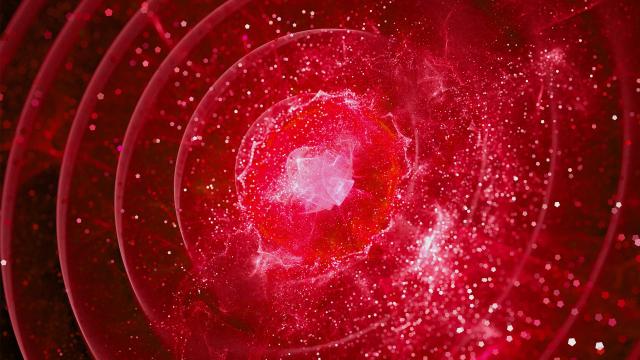
Opening a New Window to the Universe With Gravitational Waves
Added 680 Views / 0 LikesOpening a New Window to the Universe With Gravitational Waves
-
16:13
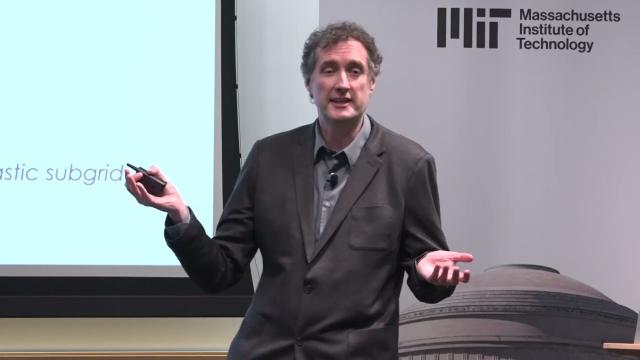
Improving Climate Models Using Machine Learning
Added 121 Views / 0 LikesProfessor Paul O’Gorman of MIT’s Department of Earth, Atmospheric and Planetary Sciences discusses how machine learning can improve upon and overcome difficulties of current climate modeling techniques.Watch more videos from MIT: http://www.youtube.com/us
-
04:31
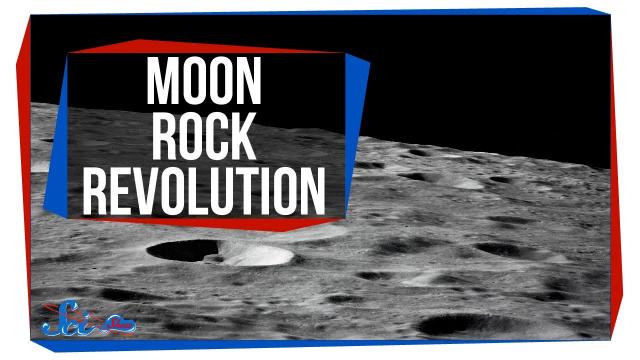
How Moon Rocks Revolutionized Astronomy
Added 759 Views / 0 LikesHow Moon Rocks Revolutionized Astronomy
-
03:34
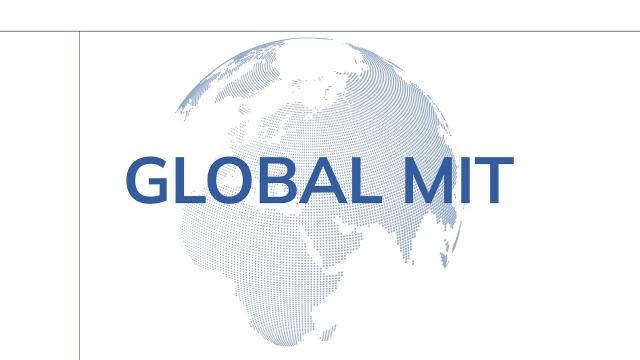
The World at MIT: Highlights
Added 130 Views / 0 LikesWatch and hear highlights from interviews with all the international faculty featured in “The World at MIT” video series. “The World at MIT” videos underscore MIT’s distinctive nature as a community that is at once profoundly American and deeply connected
-
03:20
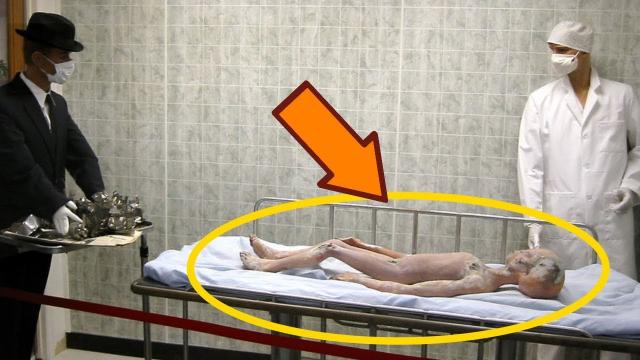
5 Places You Are NOT Allowed to Visit
Added 663 Views / 0 LikesFrom secretive military bunkers to the mysterious meeting place of powerful people, this video takes a look at the top 5 places you are not allowed to visit. Take a good look in this video, because in real life, there is little chance of ever visiting the
-
12:53

Is Mario Really Evil?
Added 784 Views / 0 LikesFollow me to BrainCraft and subscribe!https://youtu.be/9xHKxrc0PHgtwitter: http://twitter.com/vsaucethreefacebook: http://facebook.com/vsauce3my instagram: http://instagr.am/jakerawr***READ***Super Mario Bros Manual (which I printed out to write in for th
-
43:15
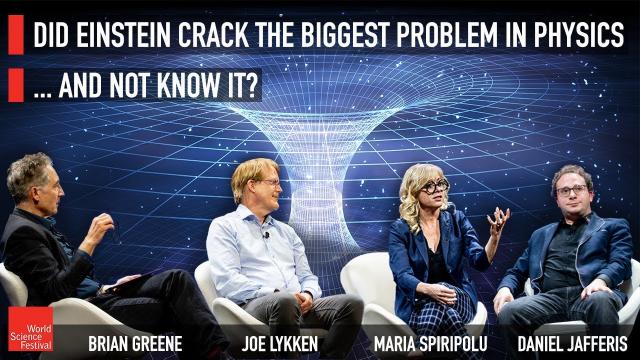
Did Einstein Crack the Biggest Problem in Physics…and Not Know It?
Added 90 Views / 0 LikesJoin Brian Greene and a team of researchers testing Google's quantum computer to glean new insights about quantum gravity from their impressive–if controversial–results.Participants:Maria SpiropúluJoseph LykkenDaniel JafferisModerator:Brian Greene00:00 -
-
04:45
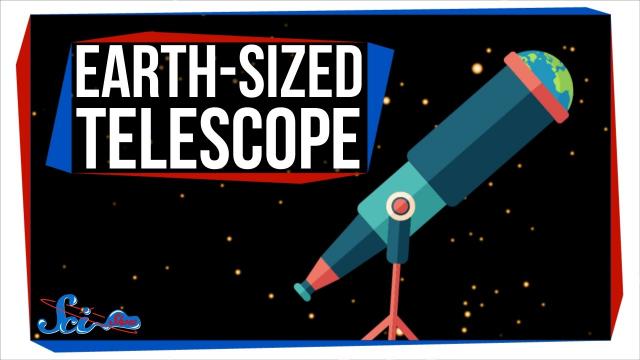
An Earth-Sized Telescope Just Snapped Two Pictures
Added 413 Views / 0 LikesAn Earth-Sized Telescope Just Snapped Two Pictures
-
00:56
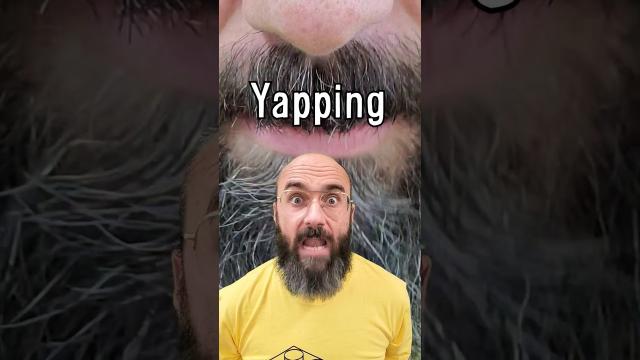
Logorrhea
Added 92 Views / 0 LikesDid Issac Asimov Really Roll His Eyes? Absolutely. #yapping #talking #language #vocabulary #rrhea #flowing #hair #drool #anatomy #snot #suffix #etymology #alphabet #letters #English #crying #zurrhea
-
02:05

Secrets of the conch shell and its toughness
Added 606 Views / 0 LikesSecrets of the conch shell and its toughness
-
01:01
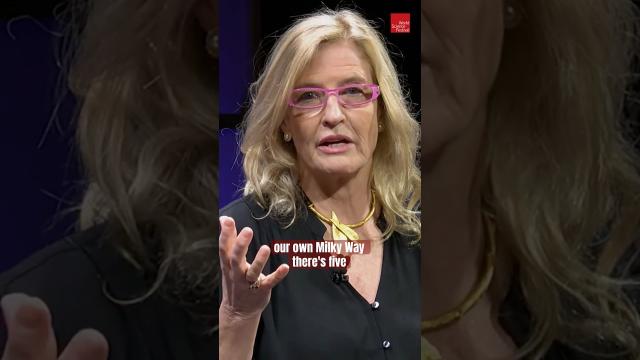
What is dark matter? If it does exist might there be dark stars & even a dark big bang? #darkmatter
Added 98 Views / 0 Likes -
04:34
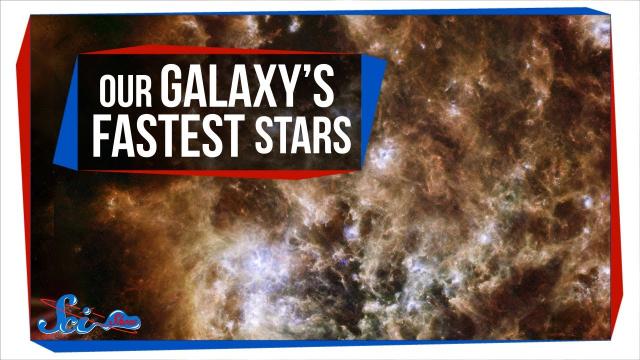
The Mysterious Origins of Our Galaxy's Fastest Stars
Added 641 Views / 0 LikesThe Mysterious Origins of Our Galaxy's Fastest Stars
-
1:45:49
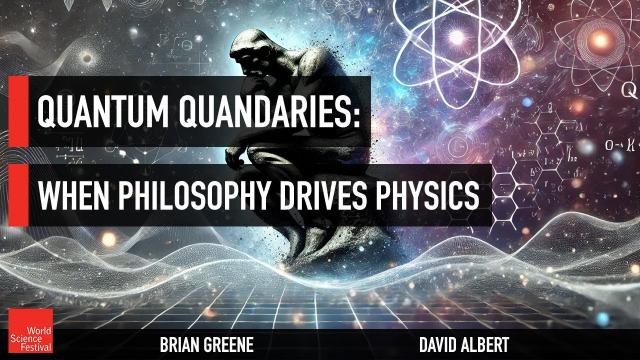
Quantum Quandaries: When Philosophy Drives Physics
Added 68 Views / 0 LikesThe experimental successes of quantum mechanics are astounding, yet the theory still has towering mysteries regarding the essence of quantum reality. Philosopher David Albert joins Brian Greene to explore the past, present and potential future of these en
-
00:19
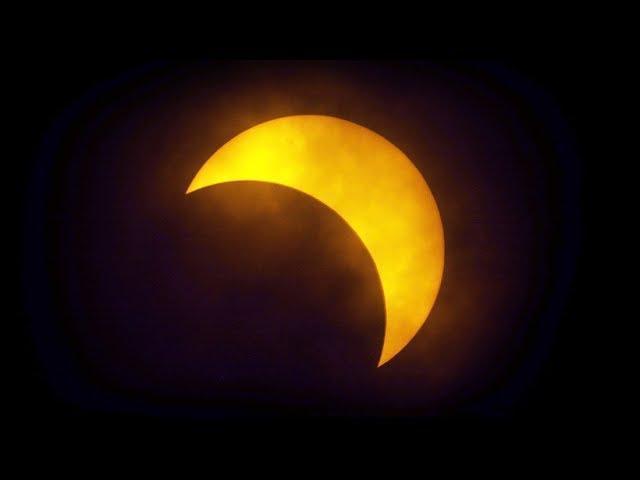
Time-lapse of the partial solar eclipse 2017
Added 717 Views / 0 LikesTime-lapse of the partial solar eclipse 2017
-
02:29
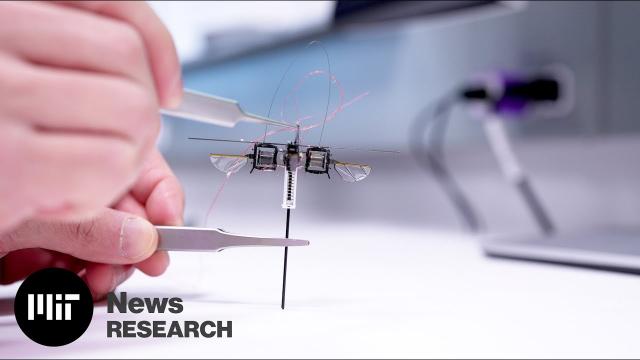
Tiny hopping robots
Added 67 Views / 0 LikesMIT engineers developed an insect-sized jumping robot that can traverse challenging terrains while using far less energy than an aerial robot of comparable size. This tiny, hopping robot can leap over tall obstacles and jump across slanted or uneven surfa


